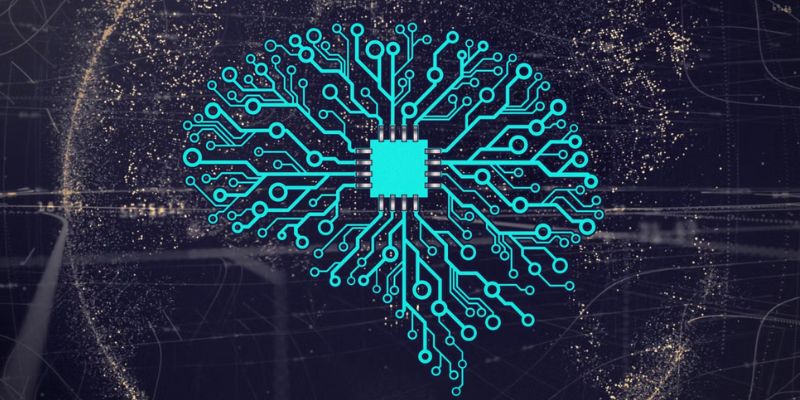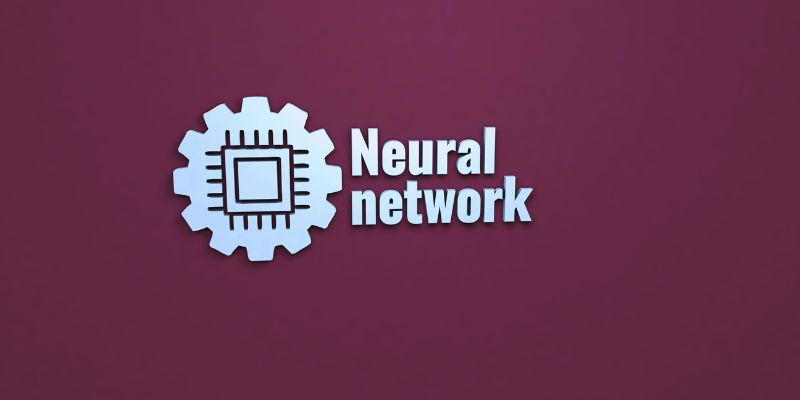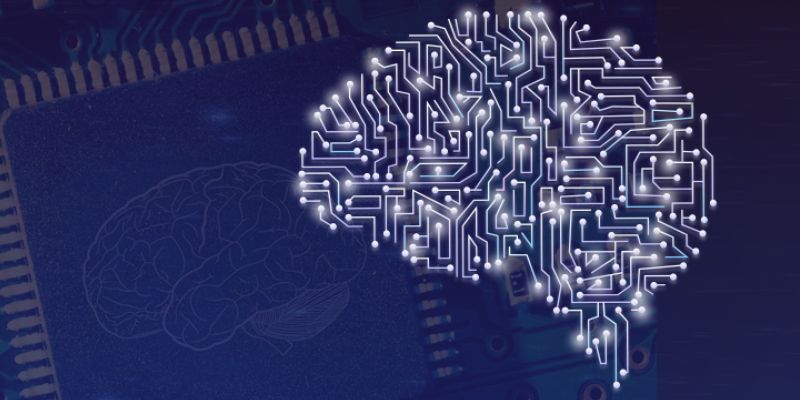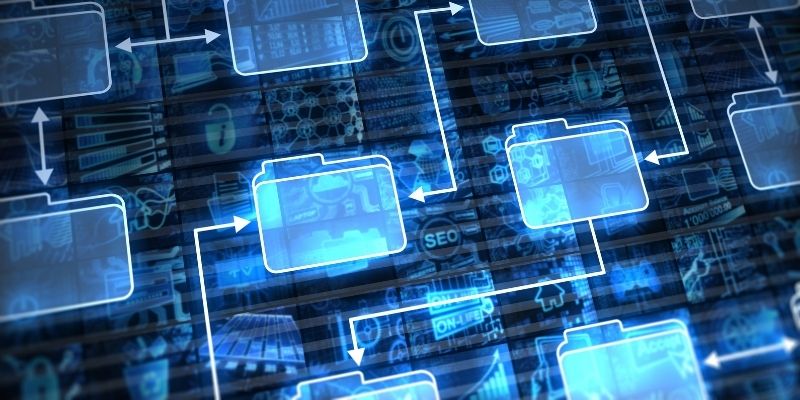Advertisement
Deep learning and neural networks are reshining business processes. These strong tools help computers learn from data and make informed choices. They now serve purposes beyond tech laboratories and research papers. Real-world businesses run on them daily nowadays. From identifying ailments to product recommendations, these systems abound. They increase accuracy, help to save time, and minimize expenses. Companies of all kinds are beginning to realize their worth.
You have previously encountered deep learning whether you utilized a voice assistant, noticed a product recommendation, or spoke with a support bot. This swiftly expanding sector is shaping future business. However, as these tools become more popular, fresh difficulties also arise. This guide will review the principles of deep learning and neural networks, their applications in companies, and why they are increasingly indispensable for keeping ahead.

One subset of artificial intelligence is deep learning. It lets computers pick up data-based patterns. These systems employ neural networks. Neural networks replicate human brain functioning. Their nodes are layered, just as brain cells are. Every layer picks fresh lessons from the data. Deep learning cannot function without enough data. It also makes use of strong computers.
These systems learn by error detection and correction. Their performance improves with time. For jobs like picture and speech recognition, this approach is handy. Deep learning, for instance, lets voice assistants decipher what you say. It also lets photo apps recognize faces. Deep learning's ability to get wiser with time appeals to companies. It presents value that keeps expanding. Deep learning is already included in several large corporations' products.
Deep learning is centered on neural networks. Input, hidden, and output layers make them up. Data reaches the input layer. It moves across unseen strata. These levels examine and change the information. The final output layer produces results based on weighted relationships. This weight determines the worth of a given piece of data. Throughout learning, the system changes these weights. We call this backpropagation. It enhances results and helps to lower errors.
There are both simple and deep neural networks. A deep network features several hidden layers. It increases its power. Deep neural networks can uncover intricate trends. They can even pick knowledge humans might overlook. That is the reason they benefit companies. They can quickly examine vast volumes of data. They can also form forecasts or decisions. All of this occurs devoid of human intervention.

Many sectors apply deep learning, which speeds up, smartly, and effectively completes tasks. With medicine, it aids with X-ray reading, early illness detection, and patient data-based treatment recommendations. Deep learning helps traders make decisions and controls risk in finance by identifying odd spending trends and recognizing fraud. Smart product recommendations, real-time stock tracking, and improved marketing help the retail industry. In mobility, it runs self-driving cars, interprets road signs, and arranges delivery paths for maximum efficiency and safety.
Deep learning helps chatbots in customer service respond promptly, handle issues, and cut wait times. In agriculture, it also guides watering plans, forecasts harvest timings, and aids in crop monitoring. The reach of deep learning is expanding yearly. It enables businesses to get dependability and efficiency. Whatever sector you choose, it offers definite advantages. Faster decisions, improved outcomes, and more robust services for both companies and consumers follow from the findings.
Neural networks are becoming increasingly popular among companies since they provide great advantages motivating corporate success. Initially, they save time and money by automating tasks once needed for human labor, cutting expenses. They increase accuracy by reducing mistakes and learning from prior errors, enhancing performance. They analyze enormous volumes of data in seconds rather than hours, processing data faster than people. They forecast results, guiding companies in strategy development, risk avoidance, and wise decision-making.
They improve customer experience by responding quickly, intelligently, and in a personalized way to customer needs. These systems likewise run nonstop and offer assistance anywhere at all hours. Use makes neural networks smarter, which, over time, raises their worth. Their use helps even small companies to be competitive in an evolving world. From operations to marketing, they enhance almost all aspects of every company. Businesses implementing them now are preparing for success and expansion down the road.
Although deep learning and neural networks have many advantages, businesses also have important difficulties. The great cost of development is one of the main problems. Creating and training deep learning models requires strong hardware and knowledgeable staff, which could be costly. The demand for copious data presents still another difficulty. These models work best on large, high-quality datasets—which every organization might not have. Privacy issues also exist, particularly regarding delicate or confidential data.
Companies have to abide by rigorous policies to guard data. Model transparency is another issue; neural networks are often called 'black boxes' because it's hard to understand how they make decisions. It might lead to mistrust. Maintaining and updating these models also demands continuous time and money. At last, this field lacks trained specialists in great numbers. Employing the correct talent is difficult and expensive. All these difficulties call for considerable preparation, investment, and help to overcome and succeed using these sophisticated tools.
Companies are running differently thanks to deep learning and neural networks. Over many sectors, they provide faster, more accurate, intelligent answers. These technologies, from retail to healthcare, lower expenses, enhance services, and enable smarter decision-making. Despite obstacles, their advantages exceed the hazards, including expensive costs, data needs, and lack of openness. Businesses can overcome these challenges through deliberate strategy and investment. As use grows more sophisticated, neural networks become even more valuable. Maintaining competitiveness will rely on how effectively businesses apply deep learning to propel innovation and development as more of them embrace these tools.
Advertisement

Top AI hardware vendors join forces to compete with Nvidia and reshape the AI infrastructure market.

Explore real vs. perceived risks of AI beyond fear-mongering and media hype in this balanced, insightful analysis.

Explore the modern AI evolution timeline and decade of AI technology progress, highlighting rapid AI development milestones

Discover how AI boosts business growth by improving efficiency, decision-making, customer experience, and driving innovation

Explore how generative AI transforms knowledge management with smarter search, automation, and personalised insights

Discover the eight best AI-powered video production tools of 2025 to boost creativity, streamline editing, and save time.

Trying to choose between ChatGPT and Google Bard? See how they compare for writing, research, real-time updates, and daily tasks—with clear pros and cons

Discover how a steel producer uses AI to cut costs, improve quality, boost efficiency, and reduce downtime in manufacturing

Discover how deep learning and neural networks reshape business with smarter decisions, efficiency, innovation, and more

Are you curious about how AI models can pick up new tasks with just a little training? Check out this beginner-friendly guide to learn how few-shot learning makes it possible.

Understand how mixture-of-experts models work and why they're critical to the future of scalable AI systems.

Want to run Auto-GPT on Ubuntu without Docker? This step-by-step guide shows you how to install Python, clone the repo, add your API key, and get it running in minutes